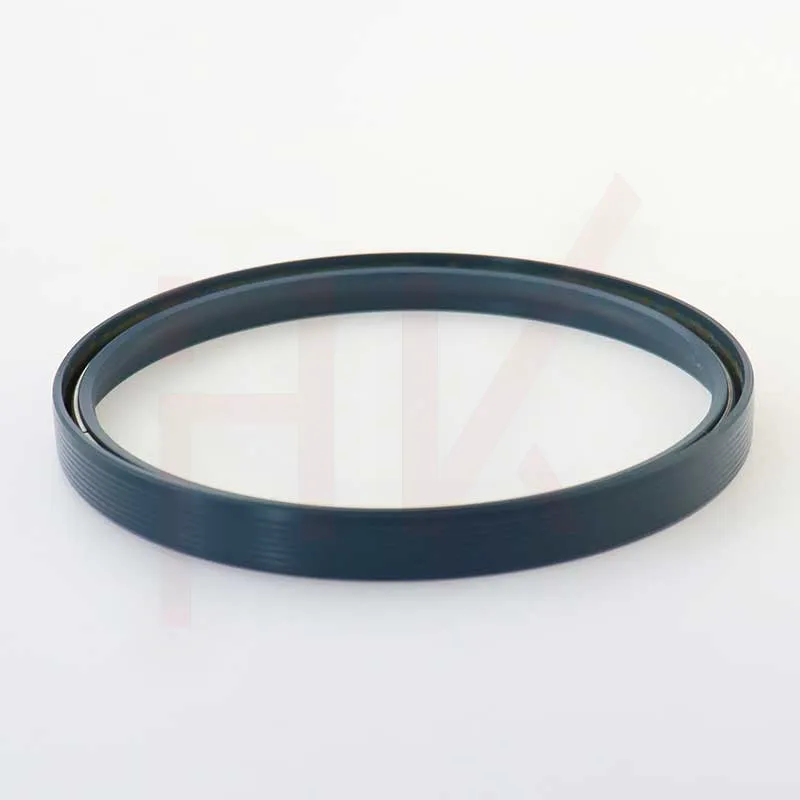Dec . 10, 2024 07:41 Back to list
pneumatic wiper seal
Understanding Pneumatic Wiper Seals Function, Design, and Importance
Pneumatic wiper seals play a crucial role in various industrial applications, serving as essential components in equipment that uses air pressure for operation. These seals are primarily designed to prevent the ingress of contaminants while retaining hydraulic or pneumatic fluids, ensuring smooth and efficient machinery operation. This article delves into the function, design, and significance of pneumatic wiper seals.
The Function of Pneumatic Wiper Seals
At the core of their operation, pneumatic wiper seals are tasked with protecting the inner workings of pneumatic cylinders or systems from dust, dirt, and other external particles. When machinery operates, contaminants can easily enter the system through the gaps and lead to premature wear or failure of the internal components. Wiper seals effectively shield these sensitive areas, maintaining the integrity and performance of the machinery.
In addition to their protective capabilities, pneumatic wiper seals also help mitigate the loss of compressed air and other operating fluids. By providing a tight seal, they help maintain the necessary pressure required for optimal performance. Furthermore, they can enhance the efficiency of pneumatic systems by minimizing leakage, which is a common issue in poorly sealed machinery.
Design Elements of Pneumatic Wiper Seals
The design of pneumatic wiper seals is a complex interplay of materials, shapes, and engineering precision. Typically made from elastomers such as nitrile rubber, polyurethane, or silicone, these materials are selected for their durability, flexibility, and resistance to wear and chemical degradation.
The shape of the wiper seal is also critical. Most commonly, these seals have a lip design that is contoured to the shaft or cylinder they are meant to protect. The lip can be single or double in design, depending on the level of protection required. A double-lip design, for instance, provides an extra layer of sealing, offering superior protection against contaminants.
pneumatic wiper seal

Another important design aspect is the groove or housing where the wiper seal is installed. Properly sized and shaped grooves ensure that the seal fits securely and maintains its integrity during operation. Engineers must consider factors such as operating pressure, speed, and the environmental conditions to craft the most effective wiper seal for a specific application.
The Importance of Choosing the Right Pneumatic Wiper Seal
Selecting the appropriate pneumatic wiper seal is paramount for optimal machinery performance. An ill-fitting or inappropriate seal can lead to significant issues, including increased maintenance costs and eventual equipment failure. Factors influencing this selection include operational temperature ranges, exposure to chemicals, and the physical dimensions of the machinery.
For example, in environments with extreme temperatures, it is essential to choose materials that can withstand thermal expansion and contraction. Similarly, in industries exposing seals to chemicals, it is vital to ensure compatibility between the seal material and the substances handled.
Proper installation is also a key aspect of performance. Even the best wiper seals can underperform if not correctly fitted into the system. Technicians must be trained to install these components with attention to detail, preventing misalignment and ensuring longevity.
Conclusion
Pneumatic wiper seals may seem like small components, but their impact on the efficiency and longevity of pneumatic systems is significant. They provide essential protection against contaminants, reduce fluid leakage, and contribute to the overall reliability of machinery. As industries continue to evolve, so too will the designs and materials used in pneumatic wiper seals, ensuring they meet the ever-growing demands of modern applications. By understanding their function, design, and importance, companies can make informed choices that enhance their equipment's performance, ultimately leading to increased productivity and reduced downtime.
-
TCN Oil Seal Metal Ring Reinforcement for Heavy Machinery
NewsJul.25,2025
-
Rotary Lip Seal Spring-Loaded Design for High-Speed Applications
NewsJul.25,2025
-
Hydraulic Cylinder Seals Polyurethane Material for High-Impact Jobs
NewsJul.25,2025
-
High Pressure Oil Seal Polyurethane Coating Wear Resistance
NewsJul.25,2025
-
Dust Proof Seal Double Lip Design for Construction Equipment
NewsJul.25,2025
-
Hub Seal Polyurethane Wear Resistance in Agricultural Vehicles
NewsJul.25,2025
-
The Trans-formative Journey of Wheel Hub Oil Seals
NewsJun.06,2025
Products categories
















